Öko-Test has tested children’s mattresses - inexpensive model awarded “very good
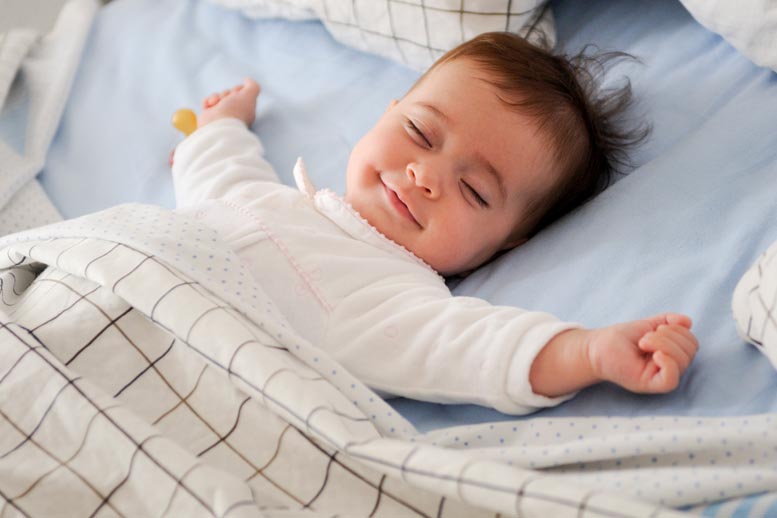
Latest news
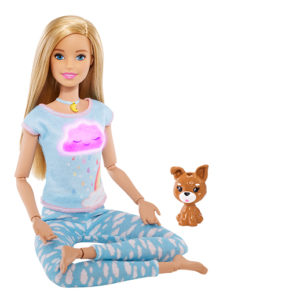
-ADVERTISEMENT- The wellness and fitness trend has arrived in the …
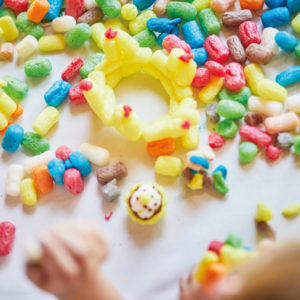
The fight against environmental destruction and the climate crisis are …

Anyone looking for new products in the field of toys, …
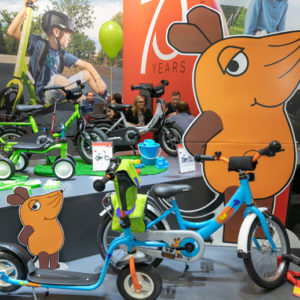
It is a market with huge dimensions and great potential. …
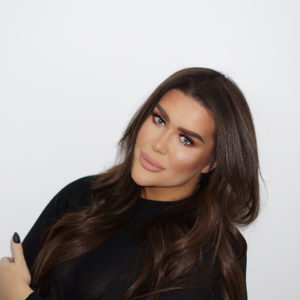
For companies, a social media presence has become indispensable and …
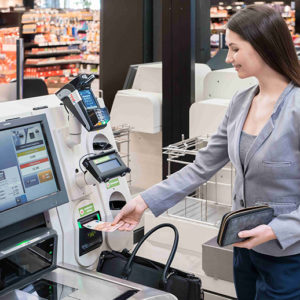
Hardly anything disturbs customers as much as waiting at the …

Research by TV station RBB has shown that some outlet …
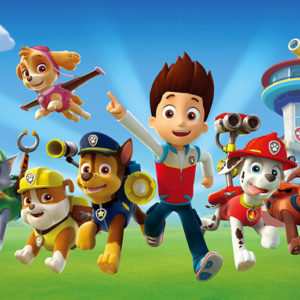
The industry association Licensing International (formerly LIMA) has honored outstanding …
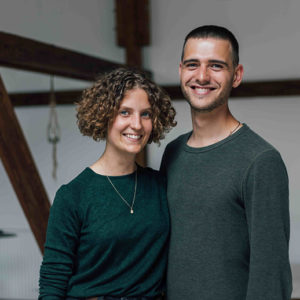
Communications manager Hannah König and managing director Stephan Schenk are …
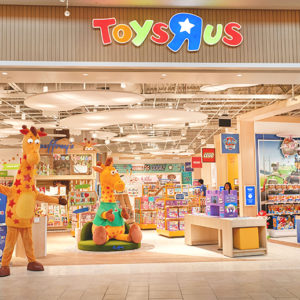
The toy dealer wants to leave his insolvency behind him. …
Children’s beds must be especially safe. Öko-Test has tested 14 mattress manufacturers. Almost every second one fails. Four are even so soft that babies could suffocate. The cheapest mattress was however distinguished with very well .
Pollutant-free and good for the back - this is what every children’s mattress should look like. But the most important thing for parents is that the little ones are safely bedded. After all, they lie there alone for many hours, often unattended.
Four mattresses with “good” and “very good” tested
The good news first: There are three mattresses that have been tested with “very good” and one mattress that has been tested with “good”. Mattresses that have been tested with “very good” are Ikea, Träumeland and Waschbär. All three mattresses are particularly pollutant-poor, passed the practice examination and exhibit neither lacks nor other sources of danger. The “very good” mattress from Träumeland is also the cheapest in the whole test result. Also the child mattress of Prolana convinces with a ?well? in the test result. Also here there are no deficiencies, the practical test was passed and no further sources of danger were found.
Danger of suffocation in children’s mattresses
However, four children’s mattresses are anything but safe - at least for babies. Mattresses that are too soft, for example, allow the baby to sink in with its face in the prone position so far that it cannot breathe fresh air. Infants in particular cannot yet react to the lack of oxygen by lifting their heads etc. and could suffocate in the worst case.
Four children’s mattresses do not meet the DIN standard
For this reason, experts developed a European DIN standard for children’s mattresses years ago. Since 2017, manufacturers have been able to test the safety of their products using this standard. However, the DIN standard is not yet legally binding.
However, four of the mattresses tested do not meet exactly this DIN standard. A specially used test ball sinks much too deeply into at least one side of the mattress. Particularly bitter: Often the too soft mattresses are praised by the manufacturer also still expressly compatibly for babies.
Further source of danger - chewable small parts
Other sources of danger are small parts and stickers that can break off. Babies are known to put everything in their mouths. For this reason, a number of specifications refer specifically to this problem.
In the Öko-Test, five mattress manufacturers do not comply with the specifications. Zip handles on the covers break off and stick-on labels can be removed with little force. With a manufacturer besides the mattress filling was much too easily accessible.
Size specifications are not correct
It is also annoying that five of the tested mattresses are larger or smaller than indicated. As a result, they may not fit properly on the bed or frame and the child may get trapped between the mattress and the bed.
No serious harmful substance problems with the tested mattresses
But there’s also good news. None of the mattresses tested had a serious pollutant problem. Eight children’s mattresses receive only one note each and only one two notes.
This might interest you, too:
Product safety is the top priority when deciding what to buy
Stiftung Warentest tests children’s mattresses - safety standard to protect children
Link: Here you can have a look at the complete children’s mattress test of Öko-Test.
Picture: iStock
//AB



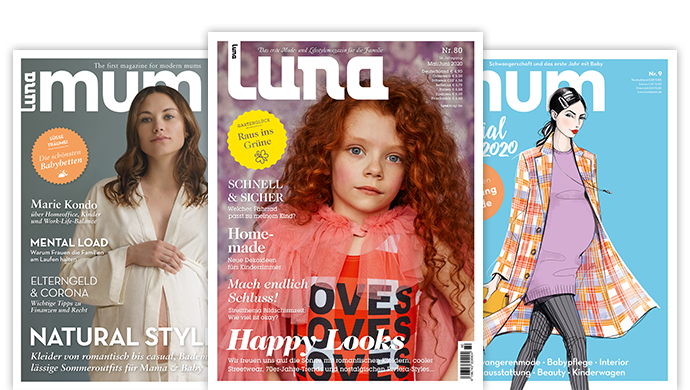
Leave a Reply